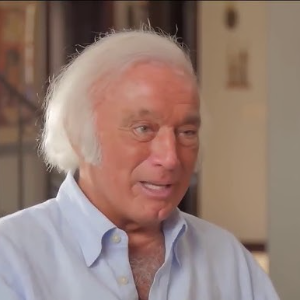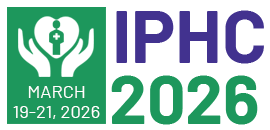Infectious Disease Epidemiology
The study of the intricate interactions between hosts and infectious agents is known as infectious disease epidemiology, which also encompasses the epidemiology of viruses. Epidemiologists are interested in the spread or transmission of viruses, whether or not they cause illness. A key aspect of the work of viral epidemiologists is to identify the kind of treatments that may stop a virus outbreak. Their goal is to forecast the possible spread of epidemics. Threats to animals raised for food frequently worry veterinarians (how a disease of food animals might be spread, or be introduced into a disease-free area). Epidemiologists must consider a number of parameters affecting both the host and the virus in order to simulate the spread of viruses. There are a number of variables that can affect the spread and transmission of viruses, including:
•The agent's prevalence in the population.
•The incubation period and window of transmissibility.
•The population's ratio of susceptible to non-susceptible people.
• Density of population.
• Travel habits or associations (for example, schoolchildren and their families form interconnected networks).
• Living circumstances.
• Climate and/or season.

Kenneth R Pelletier
University of California, United States
Gregory S Anderson
Thompson Rivers University, Canada
Yazdan Mirzanejad
University of British Columbia, Canada
Hawa Camara
National Cancer Institute, United States
Rafaela Julia Batista Veronezi
Physiotherapist, Neuroscientist & Public Health Educator, United States
Amelia Burke Garcia
NORC at the University of Chicago, United States



Title : The impact of AI on the future of public health and preventative healthcare
David John Wortley, World Lifestyle Medicine Education Services, United Kingdom
Title : Change your genes – change your life: Epigenetics of longevity
Kenneth R Pelletier, University of California, United States
Title : Extensively drug-resistant bacterial infections: Confronting a global crisis with urgent solutions in prevention, surveillance, and treatment
Yazdan Mirzanejad, University of British Columbia, Canada
Title : Personalized and Precision Medicine (PPM) as a unique healthcare model to secure the human healthcare, wellness and biosafety through the view of public health, network-driven healthcare services and lifestyle management
Sergey Suchkov, 1N.D. Zelinskii Institute for Organic Chemistry of the Russian Academy of Sciences, Moscow, Russia, Russian Federation
Title : Psychoeducation programs to address post-traumatic stress injuries and mental health in public safety and frontline health care workers
Gregory S Anderson, Thompson Rivers University, Canada
Title : Multi-dimensional scaling of healthcare system profiles and pandemic outcomes in Cuba, Spain, Italy, and Germany
Giuseppe Orlando, University of Bari Aldo Moro, Italy